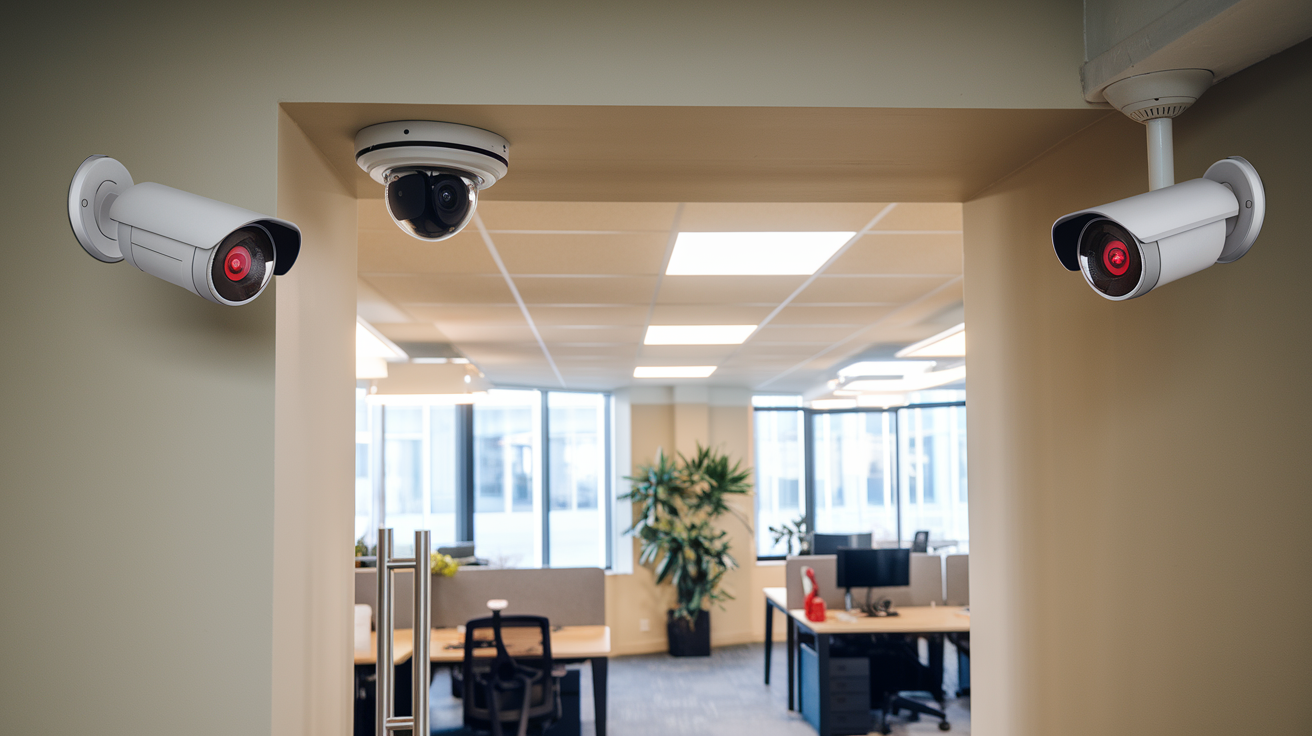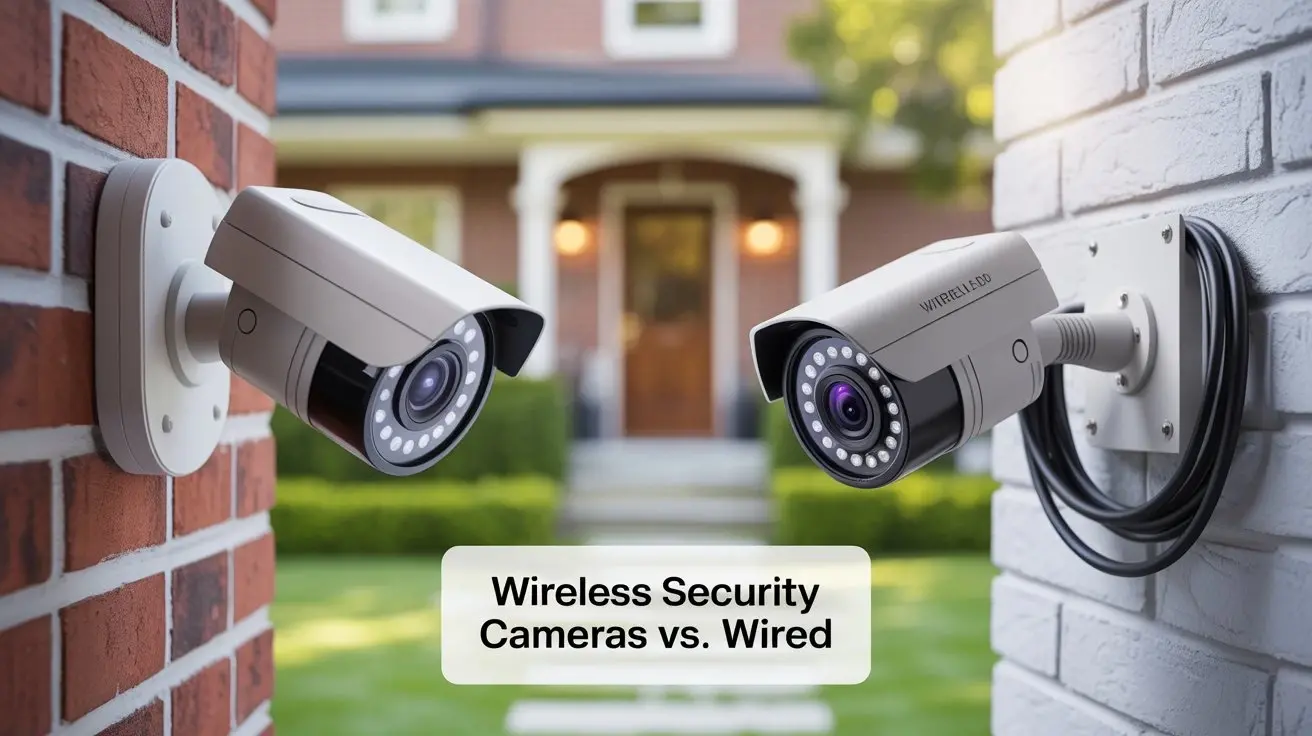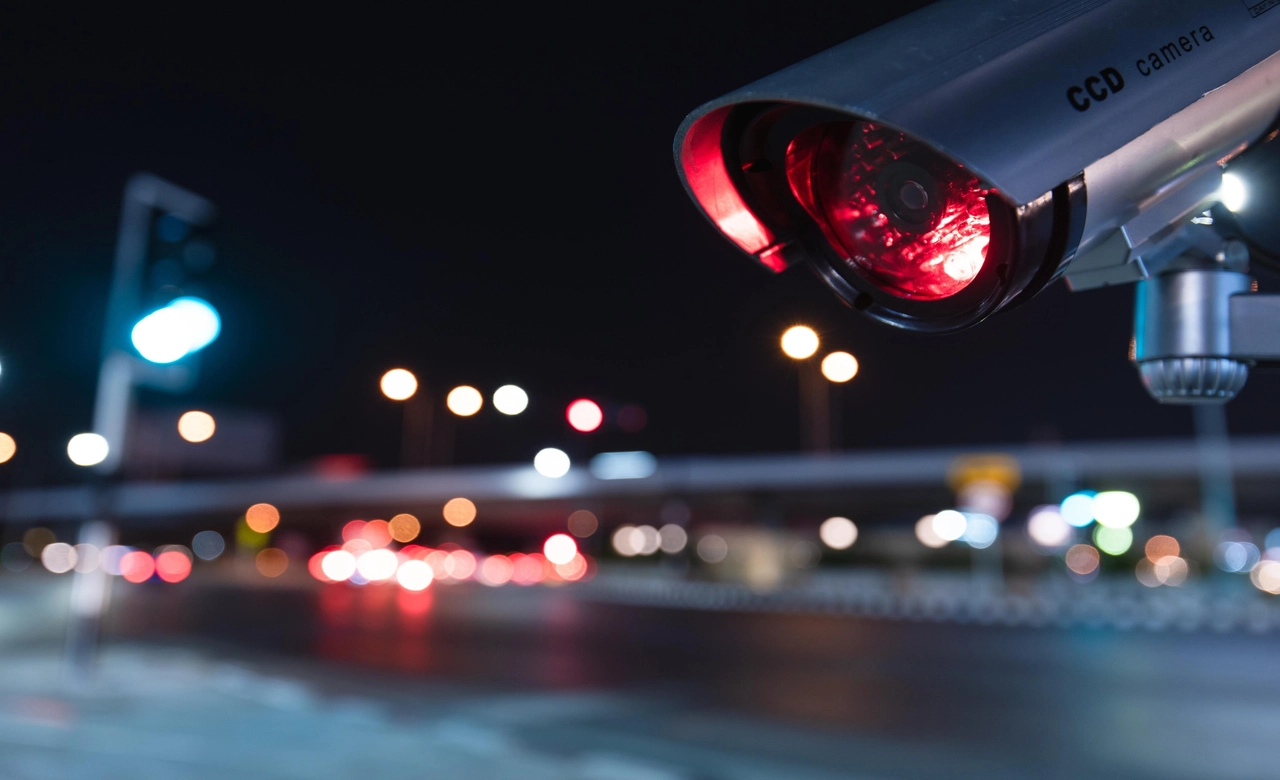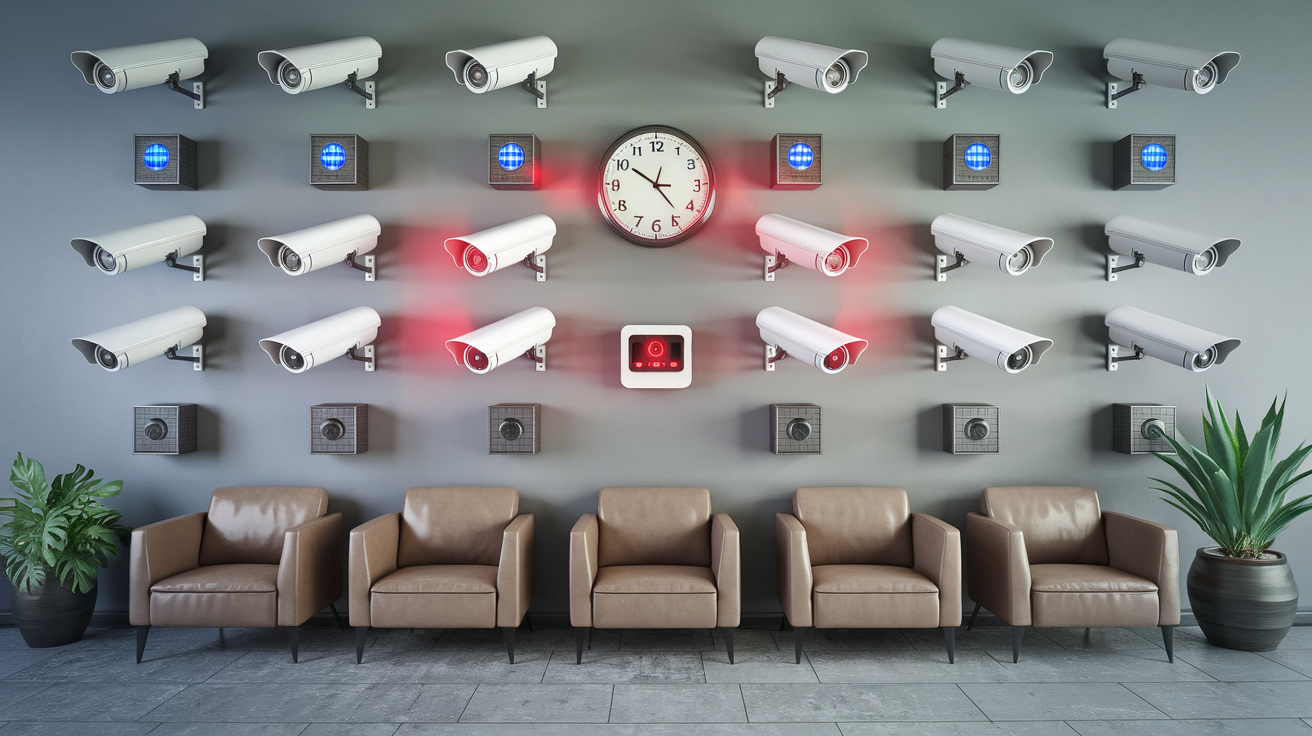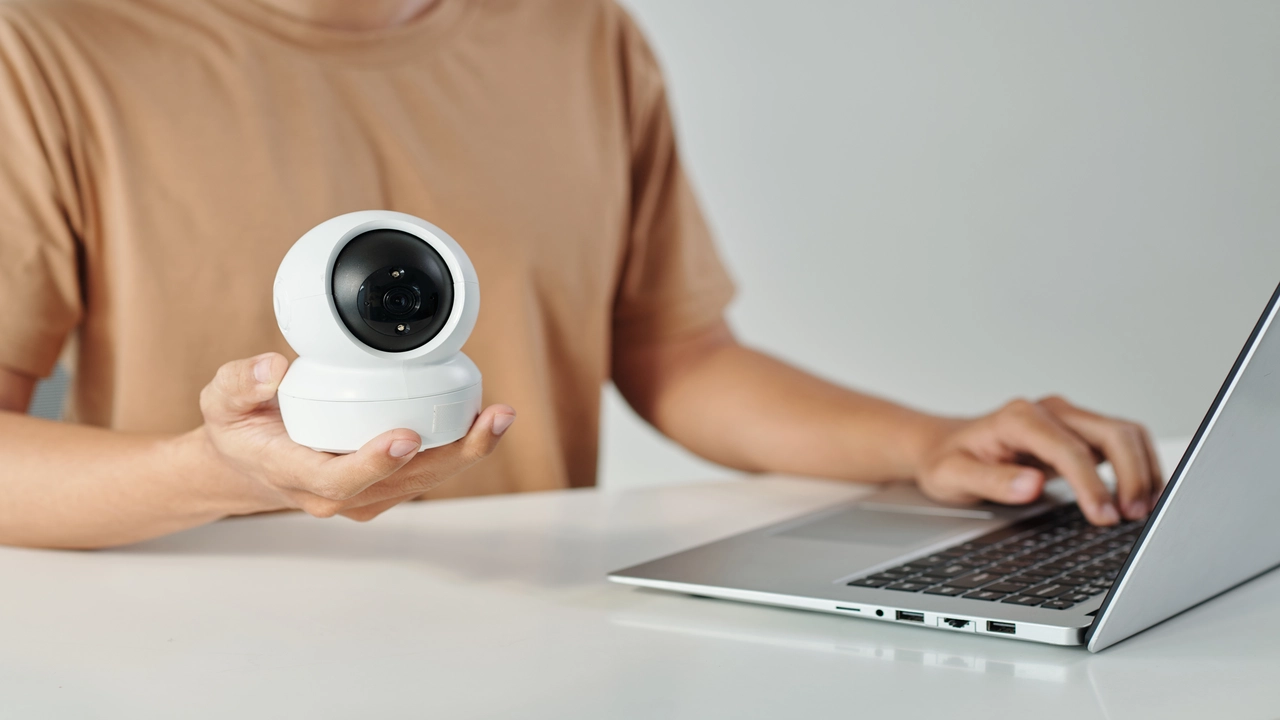The choice of where to install the security cameras is one of the most crucial factors when implementing a video surveillance system. The idea is to achieve the maximum coverage area of the territory; in addition, the cameras should be installed in such a way that they can take high-quality images that can be used for investigation in case of any event. This article gives recommendations on where to install security cameras within and around your house or company.
Front Door Your front door is the most accessible entrance to your house or your company. It can be useful to be able to observe visitors and customers arriving here, and warn or apprehend a criminal here. Stand the camera above the door tilted with the lens directed towards the entrance Walkway and doorway. This makes it easier to see ppeople'sfaces as compared to just seeing only the top of their heads. Facial images can also be useful for businesses to identify patrons in case of liability issues as well.
Driveways and Parking Areas There should be surveillance cameras in parking bays, garages, and driveways to monitor vehicle and pedestrian movements. This also reduces the incidences of break-ins and theft of vehicles particularly those with expensive gadgets which attract theft. Install cameras on top of buildings or any elevated structures directing their lenses downwards to capture the number plates of cars coming in and out. One should have a single panoramic shot of the entire location and additional cameras focused on the specific points of entry and exit. The infrared night vision cameras are best suited to provide vision at all times.
Back Entrances and Alleys Other areas that require surveillance include back doors, fire exits, and delivery areas, as they are some of the most vulnerable entry points for intruders. Mount cameras with their backs towards the outer side of the area and make sure that they cover the width of the area so that there is no blind area. One must be facing from the top downwards to ensure that the door area is well captured and the other must face at eye level so that the faces of people can be captured.
Hallways It’s possible to mount security cameras with the lens facing downwards at the long corridors of office buildings, warehouses, etc This enables you to view the movement of individuals and their flow in and out of the facility. It is also important that staircases are fitted with cameras, which must be placed on each story and directed towards the upper and lower stories.
Cash Registers In the retail stores and restaurants specifically, have separate cameras pointing towards the cash register. It discourages employee theft and also offers proof in the event a register is stolen or the business gets robbed. The cameras should be oriented in such a way as to also capture the registers and employees’ hands when they are making transactions involving money. Avoid placing cameras where they capture customer’s financial data that should not be disclosed.
HighValue Assets Places where original jewelry, high-profile stocks, merchandise, confidential papers, servers, etc. are stored should be closely supervised. Have cameras installed both indoors and right outside the door to monitor items being taken out? Motion-activatedd recording can be useful here to save hard drive space until movement triggers video capture.
Remote Locations The standalone buildings such as the detached garages, sheds, data centers, and so on, which are on the same compound as the main building, are not often traversed and thus, cannot easily be observed security cameras must be placed in these areas to deter crime. Place the cameras in such a way that they are pointing outwards at the points where the intruders may gain entry such as doors, windows, and rooflines.
Wide Open Spaces In the large open spaces such as the production floor, the sales floor, and the warehouse, ensure that the cameras crosscover each other. This can then be strung together to allow one to trace a person's movement throughout the entire facility. The goal should be to have no large chunks of time where a person could be untethered and unobserved.
High Traffic Areas There shall be camera coverage of dark areas, areas where people walk frequently such as hallways, lobbies waiting rooms, etc. This serves the purpose of preventing unlawful conduct. This, in turn, helps in liability and defense in the event of a slip and fall or any other mishap by having recorded videos. Place the cameras in a high vantage point with a wide-angle lens to cover as much space as possible.
Outdoor Perimeters Depending on the house, cover the front, both sides, and backyard fences and walls with cameras leaving large blind spots. Retail areas would, especially observee thee exteriors of all structures and storage facilities. This gives notification when there is intrusion and equipment for analyzing intrusion violations. Direct cameras at the bottom of buildings so that there are no blind spots in the area that can be monitored.
The best strategies for the placement of cameras ensure that there are no blind spots and that there is at least some overlap of coverage across all the cameras. Consult the guidelines on surveillance system design implementation according to the type of your facility. The effectiveness of security cameras increases with proper setup. Be proactive in the layouts of facilities about prospective weaknesses beforehand. Sight lines should be left unobstructed and the trees or any other structures that may hinder this should be cleared. Located at proper heights and angles that were required captured good views. Installing cameras properly is the key to enhancing the effectiveness of the video surveillance system.
